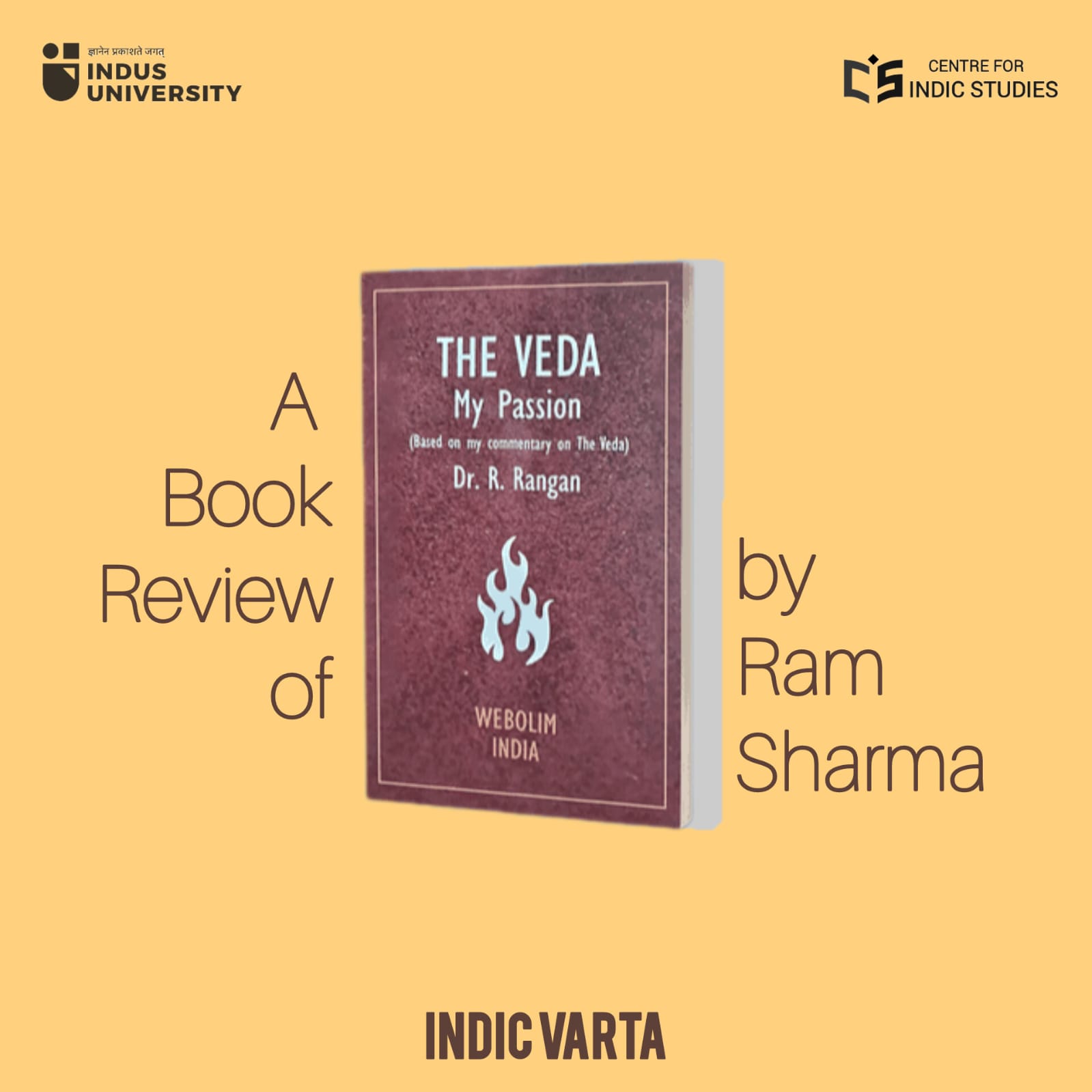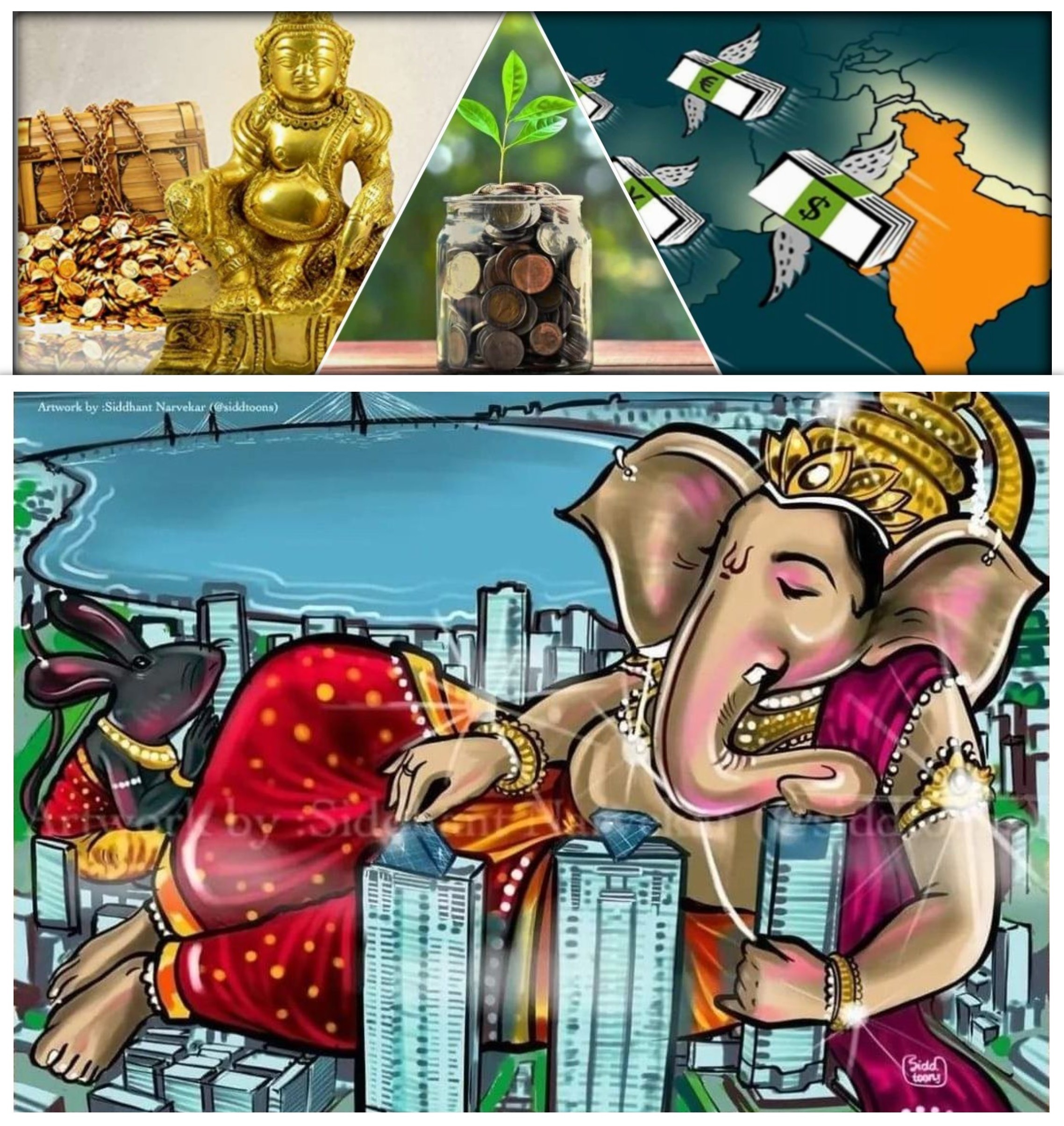- Visitor:180
- Published on:
Did Brahmins have Monopoly on Education?
One of the most persistent leftist dogmas regarding Indian society is that Brahmin hegemony was ubiquitous and using their so-called ‘favorable position’, the Brahmins horribly discriminated against every section of the society. This charge is also laid in the field of education. It is claimed that Brahmins created a monopoly in education and did not let anyone else study, thus ensuring their perpetual servility. In this brilliant but brief article, Dr. Ankur Kakkar counters by producing reports of the British officials who conducted surveys on the state of education as it was prevalent in the 19th century.

Read other articles in this series:
Part 1: Were Indians Uneducated Before the British Arrived?
Part 3: Was Gujarat Educated in 19th Century?
Part 4: One Teacher, One School – The Adam Report on Education in Bengal
Part 5: Did Schools Charge Fee in 19th Century?
In this article, we will discuss the reports of some British officials on the state of education in the Madras Presidency. As we discussed in the first part, the Governor-General of Madras had asked the district collectors of his province, on 25th June 1822, to collect information on the state of village schools. Among other things, he had directed the collectors to prepare a list of schools (for every district) in which reading and writing were taught as well as the number of scholars in each school and the caste to which these pupils belonged. [1]
Among all the reports submitted, the report compiled by Mr. A.D. Campbell, the Collector of Bellary is exceptional for its rich detail and qualitative comments. Campbell’s report is special because it furnishes information on both quantitative as well as qualitative aspects of indigenous schools. In his seminal work – The Beautiful Tree – Dharampal has referred to Campbell as “an experienced and perceptive officer, previously having held the post of Secretary of the Board of Revenue.”[2] Let us now go into the details of his report.
The Numbers
Campbell’s report reveals that there in the district of Bellary there were 533 schools in which 6,338 boys received instruction, out of a total male population of 4,38,673. [3] In addition, the distribution of scholars according to their castes is reported to be as follows: 1,187 Brahmin, 982 Vyse (or Vaishya), 3,024 Sooder (or Shudra), and 1,205 of other castes. These figures show that the number of pupils belonging to the lower social classes, i.e. the Shudra and ‘other castes’, was more than twice the number of Brahmin (high caste) pupils, thereby challenging the missionaries’ claims that native schools were out of reach for the socially and economically backward sections of society.
We are often led to belive that the indigenous education system was discriminatory in nature and that it was ‘beautiful’ only for the socially higher classes. [4] However, Campbell’s figures clearly challenge the perception that upper castes were the only beneficiaries of education in early modern South India. [5] This does not necessarily imply that marginalised sections of society enjoyed free access to all levels of education. However, in view of the available historical data, it can be reasonably inferred that the transmission of knowledge in early colonial Indian society was more fluid and dynamic than we believe. To be sure, it was not only Campbell’s report from the district of Bellary that revealed the low percentage of Brahmin pupils. The official literacy figures from all districts of the Madras presidency show the same pattern. The table below, which has been extracted from the 1983 edition of Dharampal’s The Beautiful Tree, shows that even in Tanjore – a prominent seat of learning in South India – more than 60% of the pupils were Sudras.
District |
Brahmins |
Chettris |
Vysee |
Soodra |
Other castes |
Muslims |
|
|
% |
% |
% |
% |
% |
% |
Ganjam |
27.25 |
0 |
8.24 |
33.76 |
29.88 |
0.91 |
Vizagapattam |
46.16 |
1.09 |
10.44 |
21.24 |
20.03 |
1.03 |
Rajahmundry |
34.49 |
0 |
24.91 |
17.78 |
20.83 |
1.98 |
Masulipatam |
33.13 |
0.36 |
21.94 |
29.82 |
9.30 |
5.44 |
Guntoor |
40.53 |
0 |
20.70 |
25.23 |
10.17 |
3.37 |
Nellore |
32.61 |
0 |
21.70 |
31.83 |
5.71 |
8.16 |
Cuddapah |
24.03 |
0 |
29.07 |
30.13 |
10.98 |
5.79 |
Bellary |
18.01 |
0 |
14.91 |
45.56 |
17.84 |
3.69 |
Seringapatam |
7.83 |
0 |
3.75 |
48.61 |
25.77 |
14.02 |
Malabar |
18.64 |
0 |
0.70 |
30.90 |
23.04 |
26.72 |
North Arcot |
9.60 |
0 |
8.66 |
66.76 |
7.40 |
7.59 |
South Arcot |
9.57 |
0 |
3.55 |
76.19 |
8.27 |
2.42 |
Chingleput |
12.75 |
0 |
6.30 |
71.47 |
6.72 |
2.76 |
Tanjore |
16.16 |
2.12 |
1.27 |
61.17 |
13.92 |
5.32 |
Trichnopoly |
11.76 |
0 |
2.25 |
76.00 |
3.23 |
6.77 |
Madura |
8.67 |
0 |
8.18 |
52.99 |
21.77 |
8.39 |
Trinevelly |
21.78 |
0 |
0 |
31.21 |
38.42 |
8.60 |
Coimbatore |
11.30 |
0 |
3.56 |
78.52 |
2.78 |
3.84 |
Salem |
10.75 |
0 |
7.59 |
39.15 |
32.38 |
10.12 |
The Course of Instruction
Campbell’s report also gives an account of the pedagogy that was followed in the elementary schools. It describes how pupils switched from writing on sand to writing on leaves and paper, as they progressed from one stage of instruction to the next. The following is a brief summary of the course of instruction:
The number of classes is generally four; and a scholar rises from one to the other, according to his capacity and progress. The first business of a child on entering school is to obtain a knowledge of the letters, which he learns by writing them with his finger on the ground with sand, and not by pronouncing the alphabet as among European nations. When he becomes pretty dexterous in writing with his finger in sand, he has then the privilege of writing either with an iron style on Cadjan leaves, or with a reed on paper, and sometimes on the leaves of the aristolochia identica, or with a kind of pencil on the Hulligi or Kadata, which answer the purpose of slates. [6]
Campbell also recounts in vivid detail, the course of moral and religious instruction followed in these schools. He compiled a long list of various textbooks that were read in the native schools. The three books which Campbell found to be most commonly read in all the schools, and which he reports were “used indiscriminately” by the several castes, were the Ramayana, Mahabharata, and Bhagvata.
The children of the “manufacturing class” of people supplemented these texts with those that were directly concerned with their own religious tenets. Prominent examples of such texts listed by Campbell include the Nagalingayna Kutha, Vishwakurma Poorana, Kumalesherra Kalikamahata. All of these texts, Campbell observed, are considered sacred by the respective classes and are studied with a view of “subserving their several religious creeds”.
In addition to these, Campbell noted that light stories that were ‘read for amusement’ generally included the Punchatantra, Bhatalapunchavansatee, Punklee Soopooktahuller, Mahantarungenee. So far as lessons on vernacular languages and grammars are concerned, these were imparted through texts such as the Nighantoo, Umara, Subdamumbured, Shubdeemunee Durpana, Vyacarana Andradeepeca, Andhranamasungraha etc. etc. [7]
The above list gives a brief glimpse of the variety of curricular textbooks taught in native schools of the Madras Presidency. It further shows that children were given instruction in language through texts such as the Umara (or Amar Kosh). Grammar was taught with the help of texts such as the Shubdeemunee Durpana. At the same time, the children were instructed in religion and morality by reading excerpts from traditional epics such as the Ramayana, Mahabharata etc. To supplement this course, lighter texts such as the Panchantantra were read with a view to impressing upon the young pupils, moral maxims in the form of interesting and symbolic short stories.
To be sure, the above report of Campbell is just one among many other contemporary reports on indigenous education. All these histroicals records reveal that there was a large pre-existing network of village schools in southern India when the British arrived there in the early nineteenth century. Was this pattern also found in other parts of India? We will explore this question in subsequent parts of this series. In the next part of this series, I will highlight some select British reports from the Bombay presidency.
Notes and References
- “Minute of Governor Sir Thomas Munro ordering Indigenous Education: 25.6.1822.” In Dharampal, The Beautiful Tree (New Delhi: Biblia Impex, 1983), 83-84. For an overview of the returns furnished by the collectors, see ibid. 88-227.
- Introduction’, in Dharampal, The Beautiful Tree, 73.
- “Collector, Bellary to Board of Revenue: 17-8-1823.” In Dharampal, The Beautiful Tree, 188-189.
- For a typical instance of such narratives, see P. Radhakrishnan, Caste Discriminations in Indigenous Education (Madras: Madras Institute of Development Studies, 1986).
- Also, one must keep in mind that the reification of caste categories was itself a result of the colonial quest to classify its subjects. For example, see Susan Bayly, ‘Caste and Race in Colonial Ethnography’, in Peter Robb. Ed. The Concept of Race in South Asia (Delhi: Oxford University Press, 1997), 165-218. Also see Gita Dharampal, “Interrogating the Historical Discourse on Caste and Race in India”, NMML Occasional Paper, History and Society, New Series 28 (New Delhi: Nehru Memorial Museum and Library, 2013).
- “Collector, Bellary to Board of Revenue: 17-8-1823.” In Dharampal, The Beautiful Tree, 179.
- 180-181.
- 90 min read
- 1
- 0










